When I started this research project I set out with a clear intention of uncovering what I preliminarily envisioned to be a distinctive level of people’s engagement with the objects in their lives that was expressed in the form of a phenomenological use of these objects as talismans. I was hoping to catch a glimpse of subject and object unification in the process, a blurring of lines between animate ‘agents’ and the acted upon objects resulting in what in feminist theory is termed performativity or the material-semiotic production of agency which does not limit itself to the acts of the seeming only animate actor, but extends to include the the power within the materiality of the object itself. While this motif has come through in the few interviews that I have had so far, what has been interesting to discover is that the distinction between subject and object itself varies significantly between each use of the objects and the context within which people become interdependent with objects in a processual manner. For instance my interview with a collector of pictures that depict the variety of manholes created a new category of what is considered to be an object in relation to its use. I was wondering whether the picture itself is to be seen as the significant actor (in the phenomenon if interactivity between the animate photographer and the inanimate object) or whether the manholes themselves without which the pictures would not even exist are in fact what I should be focusing on. Not that I expected the distinction in this case to be obvious but it has been more of a linguistic analysis approach as observed in the interviewee that has allowed me to parse out where the important relations are located. And as far as I have been able to assess thus far they cannot actually not be observed as a stasis even when the “agential cut” is enacted, so that the importance of the referent shifts in each instance that the relationship is talked about.
In another more explicitly phrased conversation in which the interviewee was himself articulate in the discussion of “agential realism” and the role of matter in the formation of power and meaning within interactions, I was able to understand something about the distinction to be made between “sacred” and “profane” object relations. The interviewee is himself a shaman who uses different objects in the performance of rites, in which case the object is an entry-way into spiritual experiences and allows the person involved to traverse the bounds of ‘rationality’ in order to get in touch with unconsciously active processes. In this case, the object itself was clearly delineated however, the role it played in the process was much more fragmentary form my point of view as a researcher and observer. Here, it was necessary for me to clearly parse out the act of recontextualisation that my observation itself was inflicting on the process of knowledge formation. Even as I now write this in the context of the blogpost, I partake in a superficial (with regard to the amount of analysis I am able to make now in light of the conversation without referencing it entirely) interpretative analysis which is in itself of dialogical and performative nature, so that the final research documentation is a new one, materially. In this way, the subject of my research is clearly displaying itself in the results and the way they are interpreted as I speak, so that a big part of the research itself will inevitably end up being colored by my understanding which is in turn colored by my past experiences and the resulting level of compassionate understanding that I am able to enact. This is something that I intend to explicitly address and explore as I go on, because it is so clearly related to the formation of meaning as a material entity. In this sense, my discoveries become an expression of what Walter Benjamin refers to as “historical materialism” since the events that are now of the past (the interviews already done of which only my transcription of them remains materially unchangeable in the strict sense of the word) and are conjured up and re-conjured each time I attempt to analyze them, blur the lines between my agency as a researcher and the agency of the “evidence” I have collected in response to the rhetorical location of its discussion, each distinctive time.
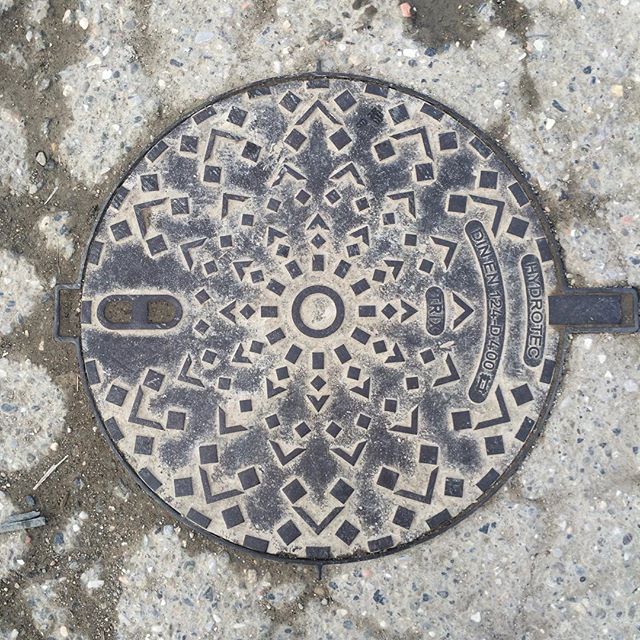
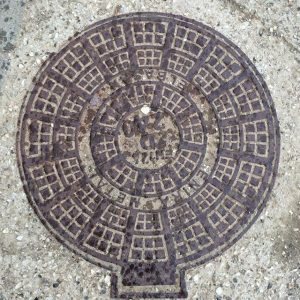
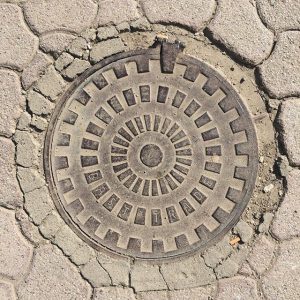
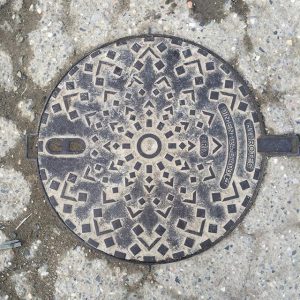
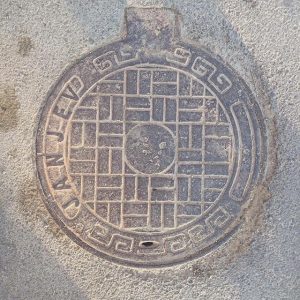
I appreciate how careful and kind you are with/in your work~
I was struck especially by the way you were looking at and listening to the pictures of the manhole lids, how you were able to swing between taking the photograph itself as the object and the manholes themselves – I saw it as a sort of oscillation between the photograph as object and photograph as signifier which was really interesting!